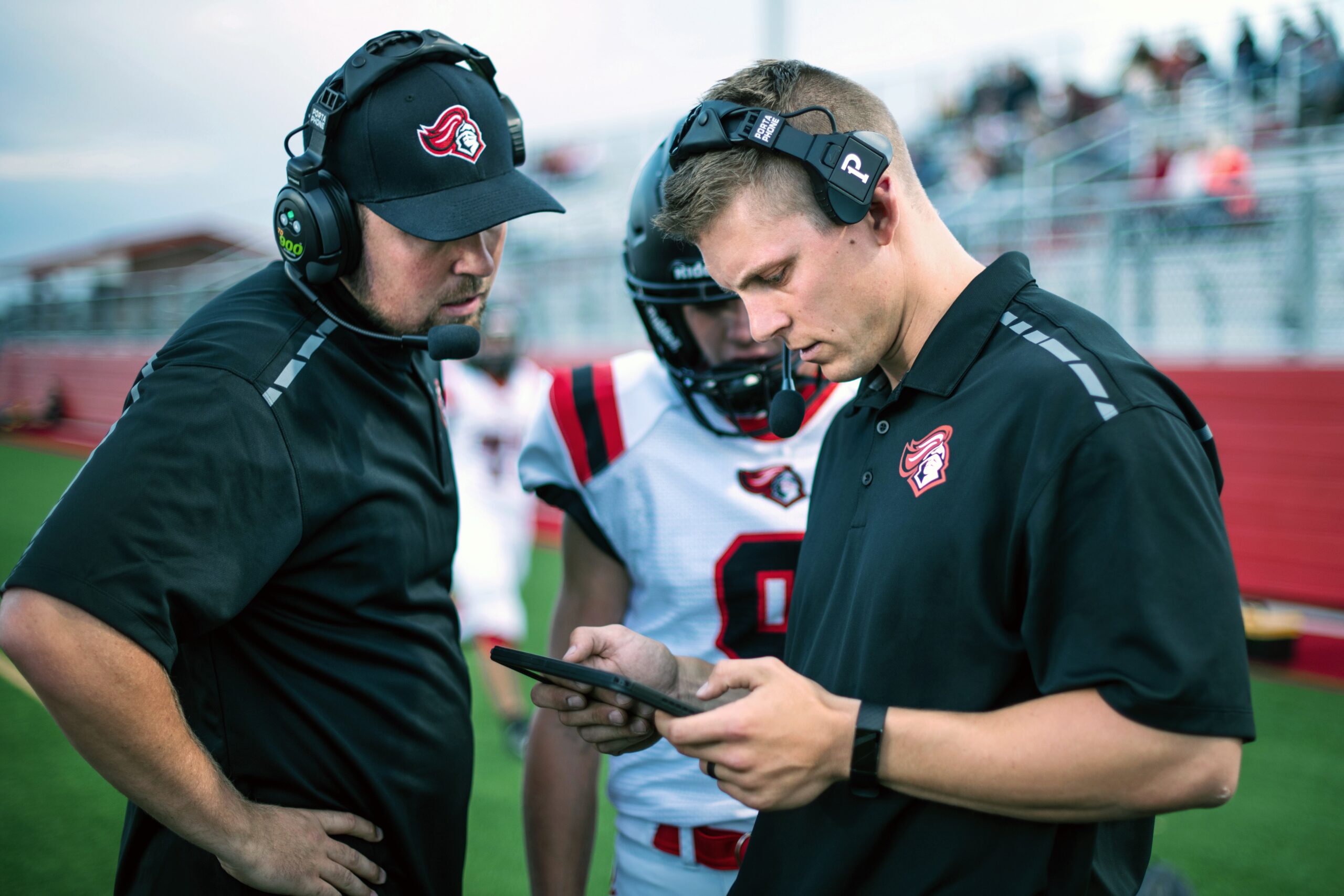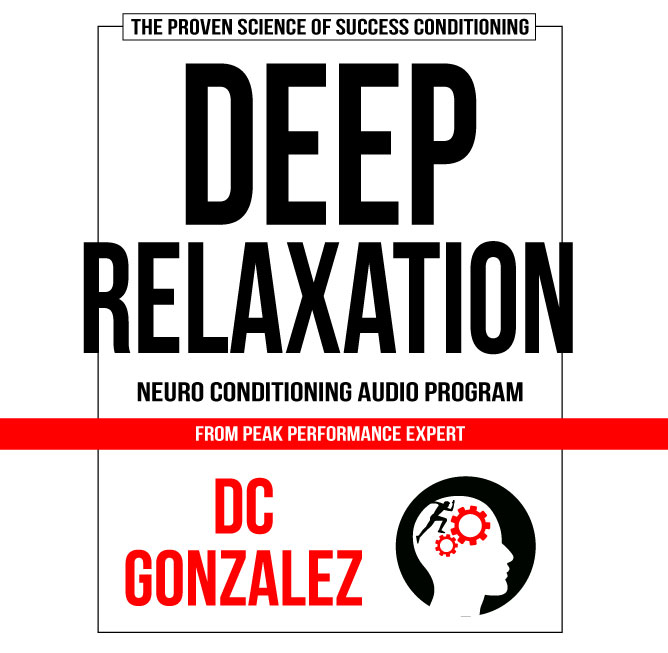Welcome to our post on high-performance coaching techniques. You’re in the proper spot to achieve success and fulfillment. High-performance coaching has helped many people reach their goals and realize their potential. High-performance coaching techniques have elevated outstanding athletes and businesspeople.
Some of the most esteemed thought leaders in self-improvement, sports coaching, and peak performance have lauded high-performance coaching techniques. Tony Robbins, a motivational speaker, and performance coach promotes creating clear and explicit goals, while Dr. Michael Gervais, a sports psychologist, emphasizes mindfulness and visualization.
SMART goal setting, visualization, accountability, positive self-talk, time management, mindfulness, and action planning are the top high-performance coaching techniques for achieving your goals. This article will give you a toolkit of proven ways to overcome difficulties, stay focused, and attain your maximum potential. Let’s start!”

High Performance Coaching Technique #1: SMART Goal Setting
High-performance coaching techniques rely on SMART goal setting. SMART means Specific, Measurable, Achievable, Relevant, and Time-bound. This approach helps you develop clear, attainable, and value-aligned goals.
- Specific: SMART goal setting begins with being explicit about your goals. Ambiguous aims might demotivate. Instead, set goals and monitor progress.
- Measurable: Set goals you can track to keep motivated. Set measurable goals. Running three miles in under 30 minutes is a measurable objective for fitness.
- Achievable: Goals should be challenging but achievable. Establishing easy objectives won’t challenge you, but setting hard ones can be discouraging. Be honest about your capabilities.
- Relevant: Goals should reflect your values and priorities. These should match your life goals and purpose. If your goals don’t match your values, you may lose motivation.
- Time-bound: Setting a goal deadline. Goals without a deadline may lack urgency and motivation. Deadlines keep you focused and accountable.
SMART goals are specific, measurable, achievable, relevant, and time-bound. This method can keep you focused and motivated while ensuring that you’re pursuing worthwhile goals.
High Performance Coaching Technique #2: Visualization
High-performance coaching techniques use visualization to attain goals. Visualization is imagining yourself completing a task or reaching a goal. Visualizing success can boost confidence, reduce worry, and improve the odds of success.
Visualization requires a calm, focused space. Visualize your success. Imagine the sights, sounds, and feelings. Visualize success with all your senses.
Positive self-talk, goal setting, and visualization work best together. Visualizing success boosts confidence and self-esteem. This might help you keep motivated and focused on your goals despite setbacks.
Visualization can improve sports, commercial, and artistic performance, according to research. Visualization can help you realize your goals and gain more success and fulfillment.
In conclusion, high-performance coaching uses vision to attain goals. You may boost confidence, reduce worry, and improve your odds of success by visualizing success. To improve performance and attain goals, try visualizing.

High Performance Coaching Technique #3: Accountability
High-performance coaching requires accountability. Accountability makes it easier to keep promises and reach goals. Coaches, support groups, and friends and colleagues can provide accountability.
Clear expectations and commitments help accountability work. Setting goals, timeframes, and a plan to overcome hurdles may be needed. Regular check-ins to assess progress and change strategy are crucial.
Positive encouragement and support boost accountability. A supportive team or coach helps you stay motivated and on track. Celebrating triumphs and milestones can also boost momentum and positive behavior.
Accountability has been found to boost performance and goal achievement. You may overcome challenges, stay focused, and reach your potential by holding yourself accountable and collaborating with others who support your success.
High-performance coaching requires accountability. You may stay motivated and on track by setting clear expectations and commitments and working with people who support and encourage you. Get an accountability partner or coach to help you succeed and be happy.
HPC Technique #4: Positive Self-Talk
High-performance coaching uses positive self-talk to empower people. Positive self-talk boosts confidence, reduces anxiety, and increases success.
Positive self-talk tips:
- Negative ideas and self-talk may be holding you back. “I’m not good enough” or “I’ll never do this” are examples.
- After identifying negative self-talk, reframe it in a positive and powerful way. Instead of “I’m not good enough,” say “I’m capable and deserving.”
- Positive affirmations: Short, effective phrases that promote positive thoughts and feelings. “I’m strong and resilient” or “I have the tools to succeed” are examples.
- Regularly: Positive self-talk requires regular practice. Try repeating positive affirmations in the morning or before bed.
- Visualization and goal setting can enhance positive self-talk. Positive thinking helps you overcome problems, stay motivated, and reach your full potential.
In conclusion, high-performance coaching uses positive self-talk to empower people. Identifying and reframing negative self-talk, utilizing positive affirmations, and practicing every day can boost confidence, reduce anxiety, and increase success. For better performance and goals, try positive self-talk.
HPC Technique #5: Time Management
High-performance coaching requires time management. Effective time management increases productivity, reduces stress, and speeds up goal achievement.
Time management tips:
- Prioritize tasks: Choose the ones that will assist you to reach your goals and rank them.
- Schedule: Schedule time for work, exercise, and personal development.
- Establish boundaries: Say no to things that don’t fit your priorities. Establish time and energy limits and prioritize your priorities.
- Reduce distractions: Social media and email notifications can derail your productivity.
- Take breaks: To recharge, take 5-10 minute breaks every hour or two.
Time management helps you reach goals faster and with less stress. Prioritizing activities, scheduling, setting limits, reducing distractions, and taking breaks can boost productivity and success.
High-performance coaching requires time management. You may reach your goals faster and with less stress by prioritizing activities, scheduling, and managing distractions and breaks. To maximize your performance, try time management.
HPC Technique #6: Mindfulness
High-performance coaching uses mindfulness to increase awareness and control over thoughts and emotions. Mindfulness reduces stress, improves focus, and enhances well-being.
Some mindfulness techniques are:
- Mindfulness includes focusing on the current moment without judgment or distraction. Concentrate on your breath, body, or environment, and let go of distracting thoughts and feelings.
- Regularly practice mindfulness. Consider daily mindfulness meditation.
- Being non-judgmental is part of mindfulness. Acknowledge that thoughts and feelings are normal and let them go.
- High performance requires self-awareness, which mindfulness can help you achieve. Understanding your ideas, feelings, and behaviors helps you choose wisely and achieve your goals.
- Mindfulness can be used in daily life. Eating, walking, and socializing may be attentive.
- Mindfulness can increase self-awareness, stress, and well-being. To maximize performance, use mindfulness practices.
In conclusion, mindfulness helps people gain awareness and control over their thoughts and emotions in high-performance coaching. Focusing on the present, practicing consistently, being non-judgmental, growing self-awareness, and applying mindfulness to daily tasks can reduce stress, boost attention, and promote well-being.
HPC Technique #7: Action Planning
High-performance coaching helps people define and achieve goals through action planning. Breaking goals into actionable actions helps you stay motivated and create a clear path to accomplishment.
You should set attainable, value-based goals. After setting goals, break them into actionable stages. This helps you set goals and stay motivated.
In addition, you should hold yourself accountable to action step deadlines. This can prevent procrastination. And check your progress toward your goals and adapt your action plan. Appreciate accomplishments and learn from failures.
You can also use a coach, mentor, or accountability partner: Accountability and support can help you reach your goals. Action planning helps you set realistic goals and plan for achievement. Breaking objectives into manageable actions, setting deadlines, reviewing progress, and seeking support will help you reach your goals faster and more motivated.
High-performance coaching uses action planning to help people define and achieve goals. Setting clear goals, breaking them down into doable steps, setting deadlines, reviewing progress, and seeking support will help you reach your full potential. To improve performance and goal achievement, try action planning.
Conclusion
High-performance coaching helps you reach your goals and maximize your potential. SMART goal setting, visualization, accountability, positive self-talk, time management, mindfulness, and action planning can help you achieve your goals.
High performance requires resilience, self-awareness, and a growth mentality, not just outcomes. This article’s techniques and personal growth ideas can help you succeed in many areas of life.





